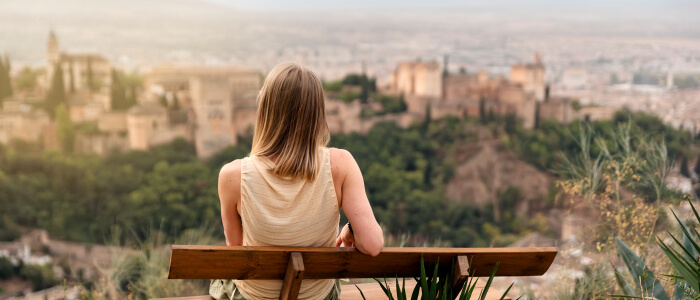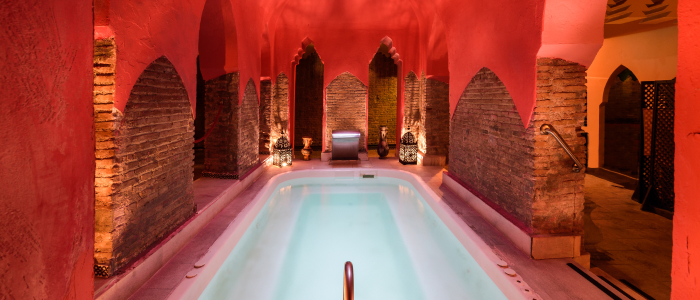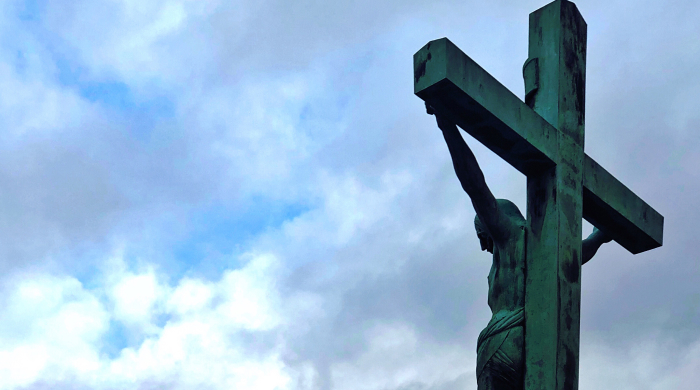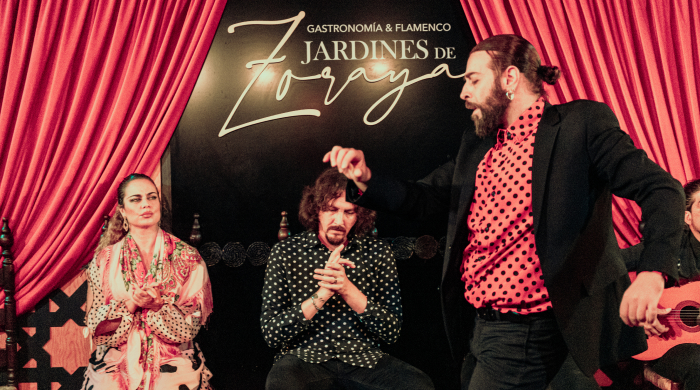The Gypsy Zambra is a dance that is part of the flamenco culture. But the truth is that, due to the great mixture of cultures that has existed in Andalusia throughout its history, the origin of flamenco remains a mystery to this day. A crossbreeding to which was added the culture of the gypsies, a nomadic people that came from India. Here we tell you what is the Zambra, what is its possible origin and how it has evolved over time to become historical heritage.
What is Zambra?
The Flamenco Zambra is a typical dance of the gypsies of Granada, product of the evolution of ancient Moorish dances, It is the product of the evolution of ancient Moorish dances, so it has certain similarities with the belly dance and with the flamenco dance of the cantes por taranto of Almeria.
This dance is made up of a series of songs, dances, sortilegios, recitations and musical games that form a that form a set around the central theme of the wedding, with a mostly female participation.
History of Zambra
Origin
Also known as Zambra Mora, the Zambra is a flamenco dance of the gypsies in Granada. It appears that the word Zambra has its meaning in the Arabic word zamra (flute) (flute) or zamara (musicians). The gypsy Zambra was born in Sacromonte, in the caves of the gypsies. A style of song and dance inspired by the local Muslim weddings.
When the Moors were persecuted by the Christians, they took refuge with the gypsies, so that the latter ended up enriching themselves with their art. With the passage of time, the Zambra de las Muslim weddings also became part of the weddings of the gypsies of Sacromonte. weddings of the gypsies of Sacromonte.
At that time, the gypsy Zambra was danced barefoot, wearing a long skirt with large pleats tied at the hips that seemed to float when dancing and a blouse knotted under the chest.
Development
In the 16th century, the Inquisition prohibits the gypsy Zambra in Granada. for considering it an indecent dance. Philip II wanted to eliminate any trace of cultures other than the Catholic one. However, this did not prevent it from continuing to be practiced on the sly. Despite the many attempts that were made to do away with it, since the conquest of the Kingdom of Granada, this dance was protected by the gypsy community of the Sacromonte neighborhood, which secretly took care of its survival.
Thus, with a road full of obstacles, the Zambra managed to reach the nineteenth century, when it became an exotic attraction for the first tourists who set foot on these lands. Romantic authors started to praise the of the gypsies of Sacromonte in his works, who were always portrayed dancing flamenco. That’s why, when romantic travelers arrived in Granada with that image in their minds. A cliché that would be reinforced by the artists themselves who created the first shows for tourists, who left their homes already dressed in flamenco costume. In this way, the Sacromonte caves would become a true icon of Spanish culture.
But the Zambra flamenca was also very present in the Generation of ’27, The turning point was the Cante Jondo Contest organized by Federico García Lorca, Manuel de Falla and other members of the Rinconcillo. An event that turned out to be a national landmark, serving to dignify and promote this new form of culture.
Historical heritage
In February 2019, the Zambra in Granada became a Intangible Cultural Heritage of HumanityThe band was supported by all the gypsy Zambras that are still active today: La Rocío, Los Tarantos, La Canastera and La Venta del Gallo, as well as by important flamenco personalities such as Salvador Amaya and Marina Heredia, for example.
Obviously, we cannot think that the current Zambra is identical to that of the beginnings, but the fact that it continues in the memory of the wedding celebration as a ritual act of enormous relevance, accompanied by the dances and songs that maintain its uniqueness, make it a true social, cultural and musical phenomenon.










